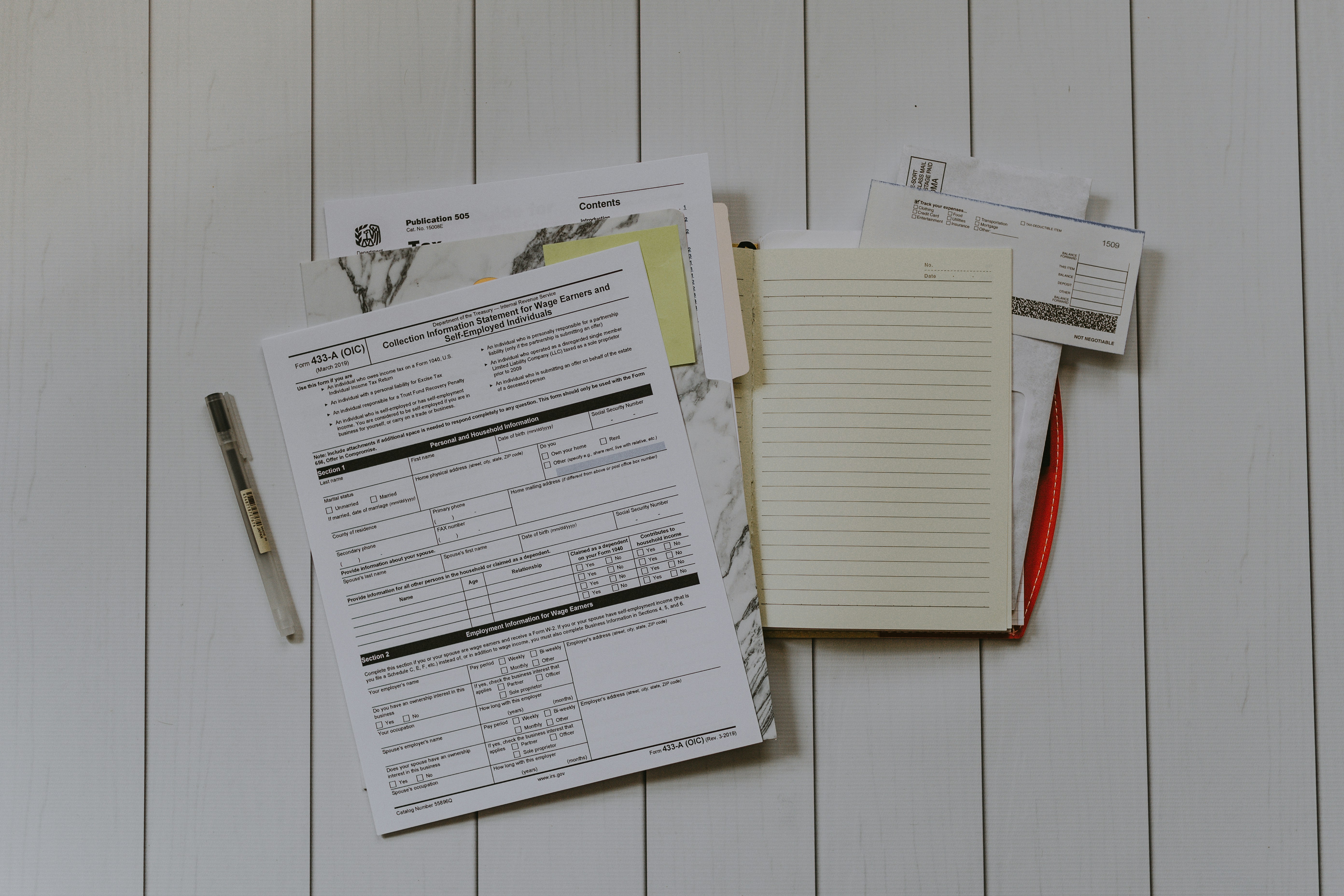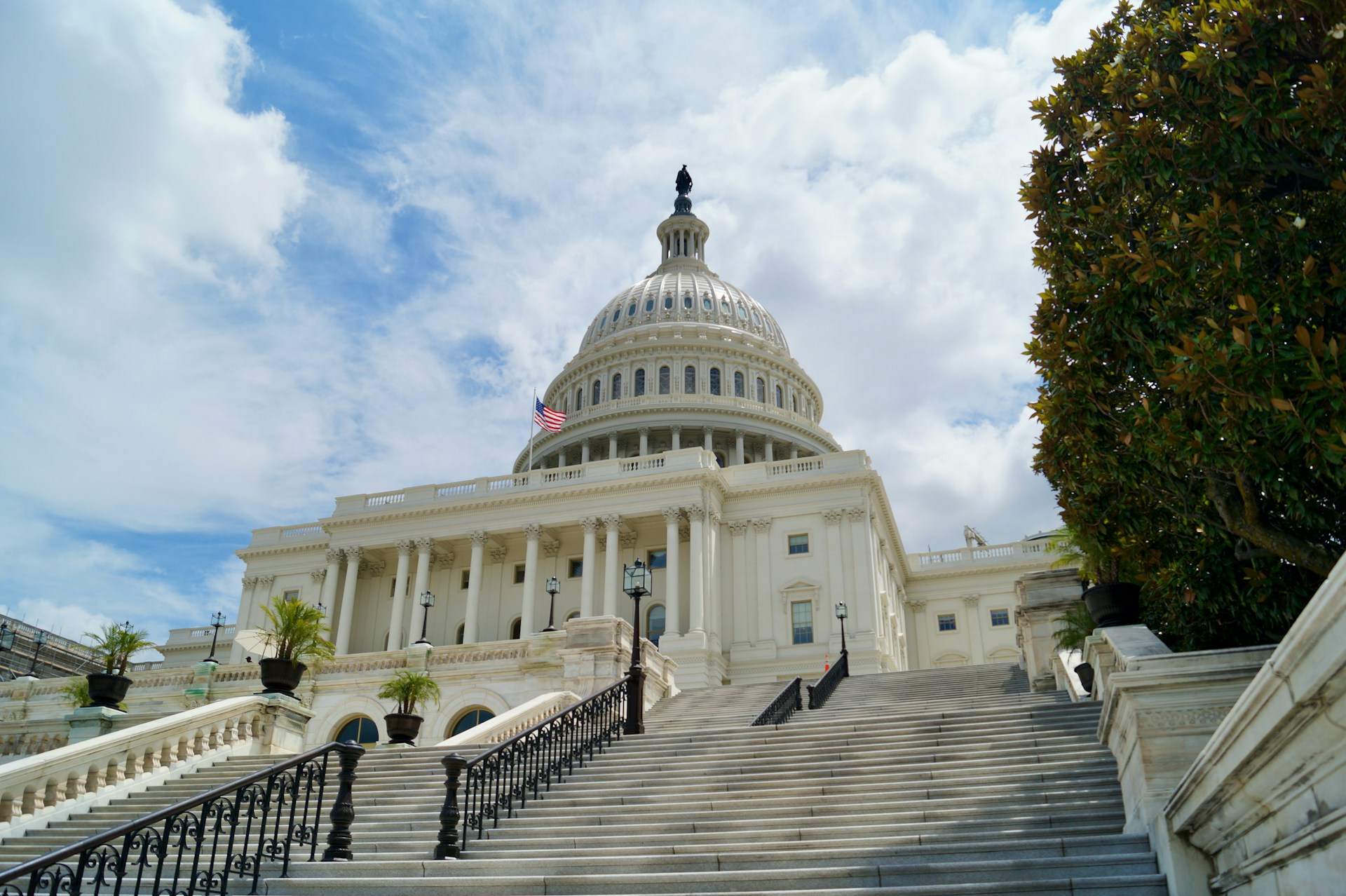Energy Efficiency Tax Credits That Can Save You Money
Let's Save Energy
Alliance to Save Energy's Blog

It’s no secret that energy costs are rising. But did you know there are energy efficiency improvements you can make right now that can significantly lower your energy bills and maximize savings?
The key is taking advantage of federal tax credits, which were expanded and extended as part of the bipartisan Inflation Reduction Act to make energy efficiency upgrades more affordable.
Just in time for tax season, here’s how you can take advantage of these incentives and start saving money through energy efficiency.
First, Some Tips to Maximize Your Savings
- Stack Up the Incentives: Many tax credits and rebates can be combined.
- Plan Upgrades Strategically: Some tax credits reset yearly, so consider spreading out improvements to maximize claims.
- Work with Certified Professionals: Ensure installations meet required standards for eligibility.
- Keep Detailed Records: Maintain receipts, energy audit reports, and certifications for tax filings.
Homeowner Incentives
25C Tax Credit: Claim Up to $3,200 Annually
The 25C Energy Efficiency Home Improvement Credit lets homeowners claim up to $3,200 per year for eligible energy-efficient upgrades through 2032. This credit covers 30% of the cost of qualifying improvements, including:
- Heat pumps and heat pump water heaters (up to $2,000)
- Insulation and air sealing materials
- Energy-efficient windows, doors, and skylights
- Solar panels and solar water heaters
- Battery storage systems
- Advanced HVAC systems
By the Numbers:
- Assisted 2.3 million homeowners in 2023.
- Expected to cut peak electric demand by 3,400 MW by 2032 (equivalent to seven large power plants).
How It Helps You:
- Reduces home energy use by an estimated 15-30%.
- Lowers monthly utility bills. Families using the credit not only saved an average of $882 on their taxes but also lowered their energy bills by an average of about $130 in the first year, according to analysis by ACEEE.
- Encourages homeowners to adopt resilient, efficient technologies.
✅ Tip: The 25C credit resets annually, meaning you can claim it every year for new upgrades. Be sure to keep all receipts and documentation for tax filing.
45L Tax Credit: Incentives for Energy-Efficient Homes
Designed for home builders and developers, the 45L tax credit provides up to $5,000 per residential unit that meets energy efficiency standards, such as ENERGY STAR or Zero Energy Ready Home (ZERH) certifications.
Eligible Features:
- High-performance insulation and air sealing
- Energy-efficient HVAC systems
- High-efficiency furnaces, boilers, and water heaters
By the Numbers:
- 350,000 energy-efficient homes were built in 2024, more than doubling participation.
- Expected to reduce peak demand by 1,800 MW by 2032 (equivalent to three large power plants).
How It Helps You:
Analysis by ACEEE estimates that this tax credit will spur the construction of over three million qualifying homes between now and its scheduled expiration in 2032, saving homebuyers an average of $400 in energy costs for ENERGY STAR homes and more than $1,000 for ZERH homes each year. The average savings add up to about $17,500 for ENERGY STAR homes and $50,000 for ZERH homes over the 45-year estimated life of the efficiency measures.
✅ Tip: Developers should work with an energy rater to certify their projects and maximize credits.
Commercial Building Incentives
179D Tax Deduction: Energy Efficiency for Businesses
It’s not just homeowners who can benefit. Commercial property owners and designers of tax-exempt buildings can benefit from the 179D tax deduction, offering up to $5.65 per square foot for energy-efficient upgrades.
Covered Upgrades:
- High-efficiency HVAC and hot water systems
- Energy-efficient interior lighting systems
- High-performance building envelopes (windows, insulation, roofing)
- Building automation and energy control systems
✅ Tip: To qualify, businesses must demonstrate at least a 25% energy cost savings compared to ASHRAE standards.
Community-Focused Rebates
HOMES (Home Energy Performance-Based, Whole-House Rebates)
This $4.3 billion federal program provides rebates based on whole-home energy savings, particularly benefiting low-income households.
It’s a tiered incentive encouraging comprehensive energy-saving home improvements and deeper retrofits – with a $200 rebate for contractors working on underserved homes.
By leveraging these incentives, homeowners and businesses can make energy-efficient upgrades more affordable, see an immediate return on investment, and save more money over time. Investing in efficiency today leads to financial benefits tomorrow – and beyond.
Click here to sign up for our free monthly newsletter to stay on top of the latest news in energy efficiency policy.
RECENT BLOG POSTS
STAY EMPOWERED
Help the Alliance advocate for policies to use energy more efficiently – supporting job creation, reduced emissions, and lower costs. Contact your member of Congress.
Energy efficiency is smart, nonpartisan, and practical. So are we. Our strength comes from an unparalleled group of Alliance Associates working collaboratively under the Alliance umbrella to pave the way for energy efficiency gains.
The power of efficiency is in your hands. Supporting the Alliance means supporting a vision for using energy more productively to achieve economic growth, a cleaner environment, and greater energy security, affordability, and reliability.



